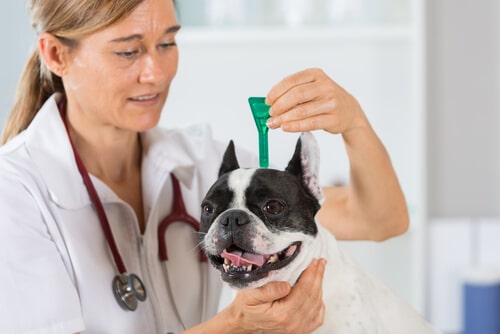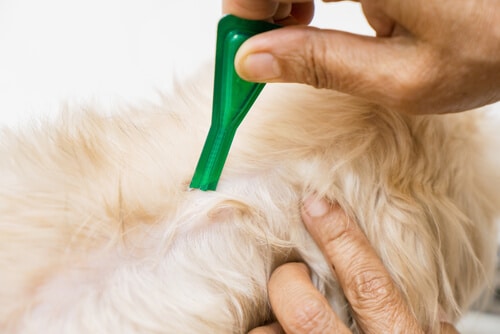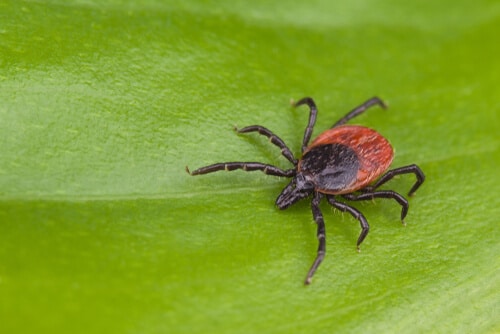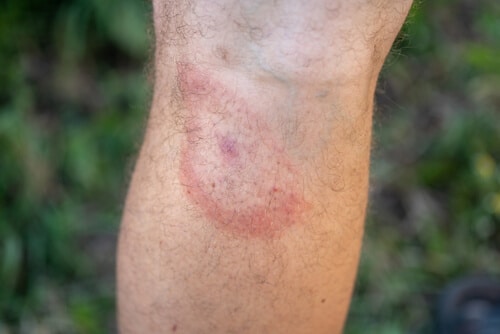Email Address
engage@dogtraininginfo.org





























There are a few things to consider when answering this question. The first is what type of pet you have. Certain products work better for dogs than others, and the same goes for cats. The second thing to think about is your pet’s age. Some products are not recommended for very young or old animals.
Finally, you’ll need to decide if you want a topical treatment, an oral medication, or a collar. Topical treatments are applied directly to the skin and are typically the most effective. Oral medications are ingested by your pet and tend to be more convenient. Collars can be helpful in preventing fleas and ticks, but they need to be replaced every few months.
There has been an increase in the number of reports of adverse reactions to flea and tick products in dogs, including death. The U.S. Food and Drug Administration (FDA) is investigating these reports and warned pet owners to be cautious when using these products.
Many popular brands of flea and tick medicine contain chemicals that can be toxic to dogs. Some of the most common active ingredients in these products are pyrethroids, which are chemicals that kill insects by causing them to have convulsions and paralysis. Pyrethrins are similar to pyrethroids but are derived from natural plant extracts.
Most disease control for our pets come in the form of vaccinations and routine deworming, but there are other preventative products on the market as well. Flea and tick collars, sprays, and shampoos help protect our furry friends from these external parasites, but they also come with the potential for negative reactions.
Yes, you can purchase flea and tick medicine without a prescription at most pet stores. However, it is important to speak with a veterinarian before using any type of preventative medication on your pet. A vet can help you choose the best option for your pet based on their individual needs. There are many different types of flea and tick medicine available, and not all of them are equally effective. Some products may also cause negative reactions in some pets.